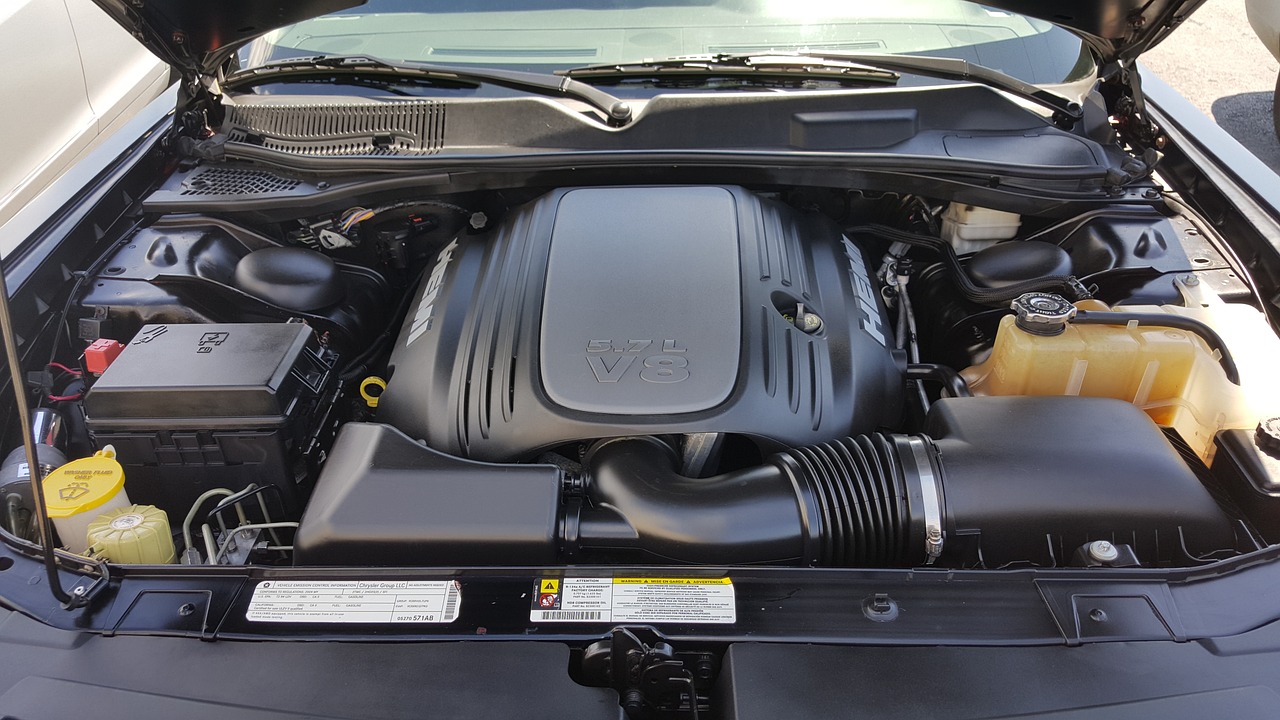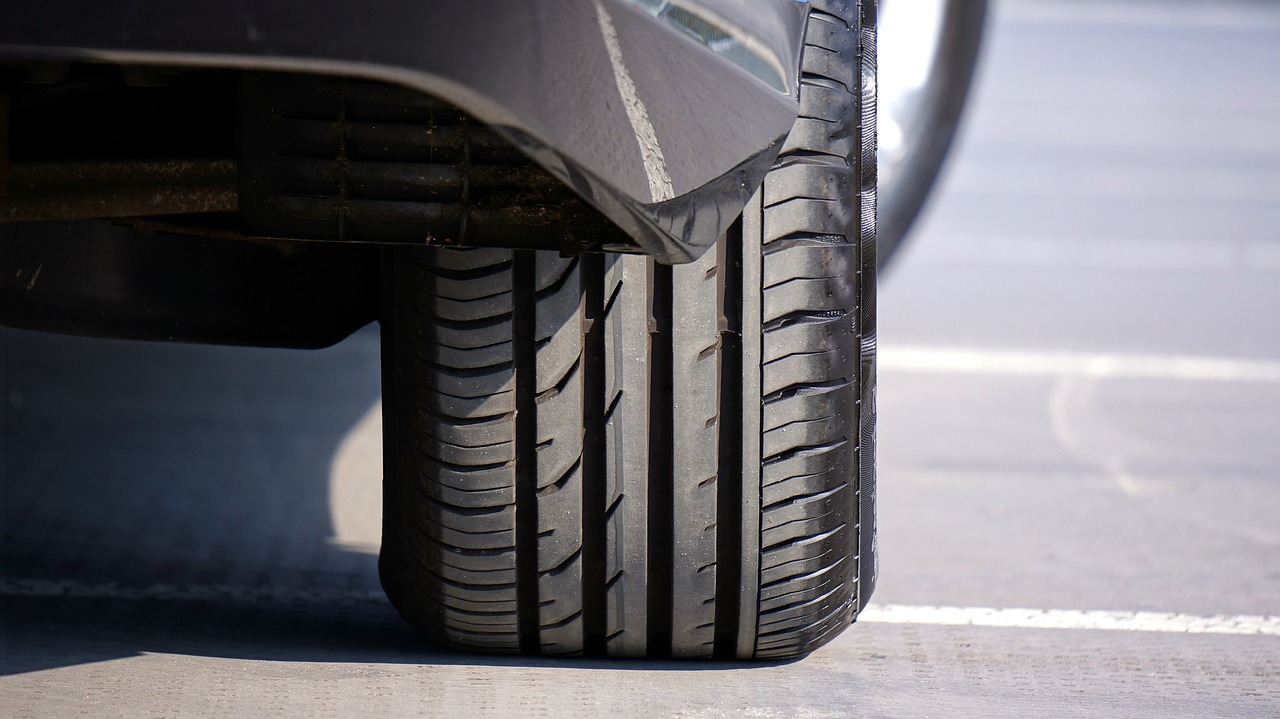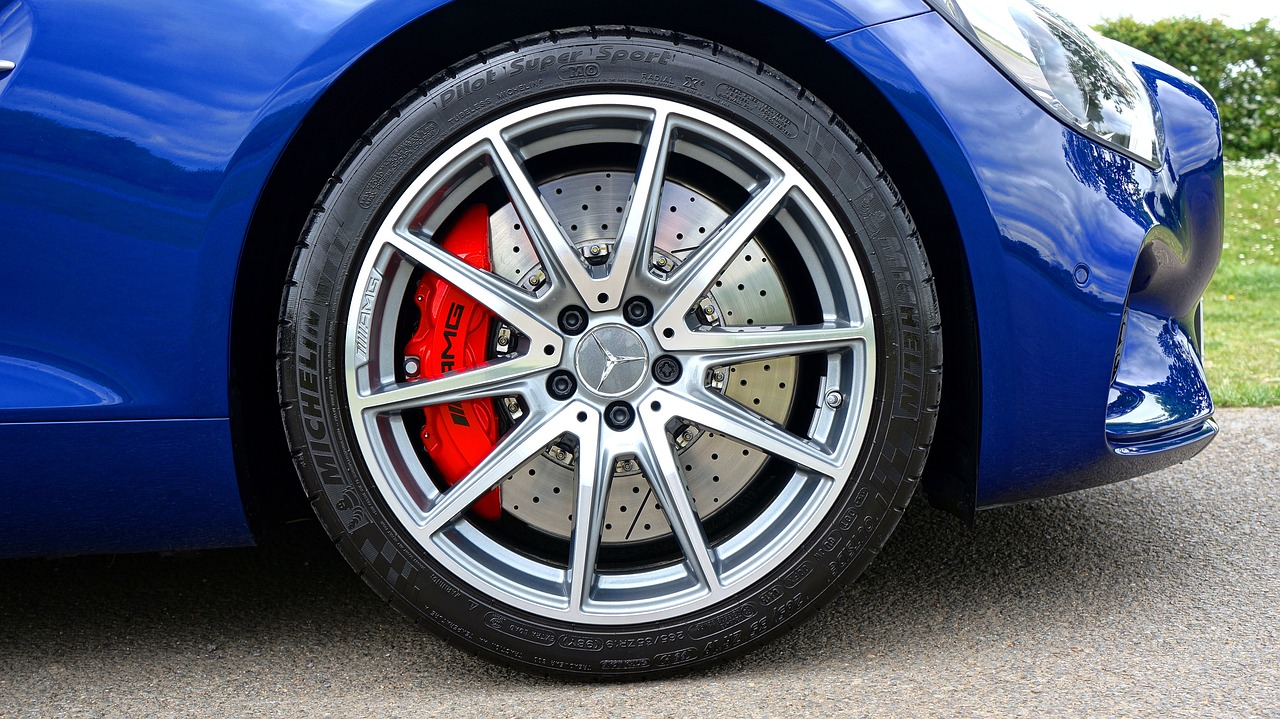So, you’ve decided to venture out and learn a little about your car? Bravo! Welcome to the world of adulting, where we sometimes make the bewildering decision to do things ourselves instead of paying someone else to do it. Now, before we start, I’m sure you’ve figured out by now that your car’s coolant isn’t a tropical drink you sip by the poolside. No, it’s that neon liquid that looks like it came out of an alien movie, but plays the heroic role of preventing your car from going full-on volcano mode.
Alright, jokes aside, here’s a legit guide to check your car’s coolant level without burning your fingers, staining your driveway, or making a complete mess of things.
1. Give Your Engine a Breather
First thing’s first, don’t just dive into the engine bay while it’s hotter than a summer in Arizona. Your engine, and especially the coolant system, gets HOT. So either check the coolant when you’ve not driven the car for hours or, if you’re checking after a drive, wait for it to cool down. Otherwise, the best-case scenario is you jump back with a surprised yelp, and the worst-case is… well, let’s not go there.
2. Locate the Radiator
Find the car’s radiator. It’s typically at the front and looks like a big rectangular thing with slats. But don’t confuse it with the air conditioner condenser – that’s the thing you wish you knew how to fix when it’s boiling inside your car. The radiator will typically have a cap on top. If you can’t find it, don’t panic. It’s not a game of hide and seek; maybe you’ve just got a modern car with a hidden or remote reservoir.
3. Safety First!
Before you even think of touching that radiator cap, remember the volcano analogy? It was no joke. If you open a hot radiator cap, the pressure can cause the coolant to spray out, and trust me, it doesn’t feel like a pleasant warm shower.
4. Check the Overflow Tank
Many cars have an overflow or expansion tank, often made of translucent plastic. This tank will generally have minimum and maximum marks. The coolant level should be between these marks. If your tank is empty, it’s a sign you might be running low. If it’s full to the brim, someone’s probably been a little over-enthusiastic at the refill.
5. Open the Radiator Cap (but only if it’s cool!)
If the engine’s cool and you’ve donned your brave face, slowly twist the radiator cap off. There might be a bit of pressure even in a cooled system, so take it slow. Look inside; the coolant should be right up to the brim. If it isn’t, well, that’s why you’re here, right?
6. Choosing the Right Coolant
Now, you might be tempted to just throw some water in there and call it a day. But, unless you want your car to give you the cold shoulder on a freezing morning or overheat on a summer day like a drama queen, you might want to rethink that strategy. Coolants have special anti-freeze and anti-boil properties. They also come in more colors than a neon disco – green, orange, pink, yellow – but don’t just choose based on your favorite color. Your car’s manual (yes, that book buried under old receipts and candy wrappers in your glove box) will tell you the type of coolant you need.
7. Filling it Up
Alright, Einstein, this isn’t the time to show off your pouring skills from a great height. Use a funnel. This isn’t a wine tasting event – you don’t want to spill. Pour slowly until you reach just under the neck of the radiator. If you’re topping up the overflow tank, ensure it’s between the minimum and maximum marks.
8. Seal the Deal
Remember the cap? You know, the one you didn’t burn your fingers on? Yeah, that one. Screw it back on securely. And please, for the love of all things good, make sure it’s tight. Loose caps are like leaving your front door open – everything just spills out.
9. Cleanup and Routine Checks
If you did spill some (don’t worry, I won’t tell), clean it up immediately. Coolant is slippery and can be toxic for pets. Also, make it a habit to check your coolant level regularly. If you’re always running low, you might have a leak. Or maybe there’s a coolant-hungry monster lurking in your garage. But probably a leak.
10. When in Doubt, Ask
If all this sounds as complex as quantum physics, or you’re just not feeling the DIY vibe, there’s no shame in seeking professional help. Mechanics exist for a reason, and they’ve seen it all – from people filling up engines with soda to folks using duct tape to hold car parts together. They won’t judge. Okay, they might a little, but they’ll still help you out.
In conclusion, while checking your car’s coolant isn’t rocket science, it’s still a bit more complicated than making a cup of instant noodles. But with a sprinkle of patience, a dash of humor, and a heaping spoonful of this guide, you’ll be on your way to automotive self-sufficiency. Or at the very least, you won’t be that person who waits for their car to smoke like a chimney before realizing something’s amiss. Happy driving, and may your engine always stay as cool as you think you are!
Pro Tips for Cool(ant) Cats:
- Use Distilled Water: If you need to mix coolant with water, always opt for distilled. Tap water contains minerals that can build up and harm your cooling system over time.
- Don’t Mix Coolant Types: Like oil and water, some coolants just don’t mix. Using different types can lead to clumping or even chemical reactions that reduce their effectiveness. Always stick to the recommended type.
- Regular Flushes: Over time, dirt and other contaminants can accumulate in the coolant. To keep things running smoothly, consider flushing the entire system and replacing the coolant every 30,000 to 60,000 miles (50,000 to 100,000 km) or as recommended by your vehicle’s manufacturer.
- Watch for Discoloration: If the coolant looks brownish or has floating particles, it’s a sign of rust or corrosion in the system. Don’t ignore it; your cooling system may need a flush.
- Thermostat Check: The thermostat regulates the flow of coolant based on engine temperature. If your car’s running hot or cold consistently, it could be a thermostat issue. Better to check it sooner than later.
- Safety Gear: Coolant can be toxic. When working with it, consider wearing gloves and safety goggles. Always store it out of reach of children and pets.
- Dispose Responsibly: Don’t just pour old coolant down the drain or into the ground; it’s harmful to the environment and illegal in many places. Instead, collect it and take it to a local automotive shop or recycling center that accepts hazardous waste.
- Keep Extra On Hand: It’s always a good idea to have an extra bottle of the right type of coolant in your garage or trunk, especially for long trips. It could be the difference between a minor pitstop and being stranded on the side of the road.
- Look and Smell: Occasionally, a sweet smell or a sticky residue in the engine bay might be a sign of a coolant leak. Investigate any unusual odors or spots under your car.
- Get Educated: Every car is different. Make a habit of reading your car’s manual, even if just for fun. You’ll be amazed at how much easier it makes understanding and caring for your vehicle.
FAQs: Keeping Coolant Under Pressure
Coolant, often referred to as antifreeze, is a fluid mixture that circulates through your car’s engine and radiator. It’s designed to remove excess heat from the engine and prevent the water in the engine from freezing or boiling, depending on the climate.
It’s a good practice to check your coolant level every time you refuel or at least once a month. Also, make it a point to take a peek before long journeys.
While water can provide temporary relief in emergencies, relying solely on it can lead to problems in the long run. Water doesn’t have the anti-freezing or anti-corrosive properties of coolant, which are essential for optimal engine performance and longevity.
Yes! Different colors usually indicate different types of coolant, which have varying chemical formulations. Always use the type recommended for your vehicle. Mixing them can lead to reduced effectiveness and potential engine damage.
It could be. Coolant has a distinctive sweet smell and is usually bright in color (green, orange, pink, etc.). If you find such a puddle, check the coolant level. If it’s low, you might have a leak and should consult a mechanic.
Yes, most coolants are toxic to humans and animals. It’s essential to keep them out of reach and to clean up any spills immediately. If ingested, seek medical attention right away.
Most manufacturers recommend flushing and refilling the cooling system every 30,000 to 60,000 miles (50,000 to 100,000 km). However, always refer to your car’s manual for specific recommendations.
Absolutely. An inefficient cooling system can cause the engine to operate at higher temperatures, reducing its efficiency and increasing fuel consumption.
There could be several reasons – a faulty thermostat, a blocked radiator, a damaged water pump, or a compromised belt. It’s best to consult with a mechanic to pinpoint the issue.
As long as they’re the same type and meet your vehicle’s specifications, brand mixing should be okay. However, to stay on the safe side, always use the same brand or, better yet, the brand recommended by your car’s manufacturer.



